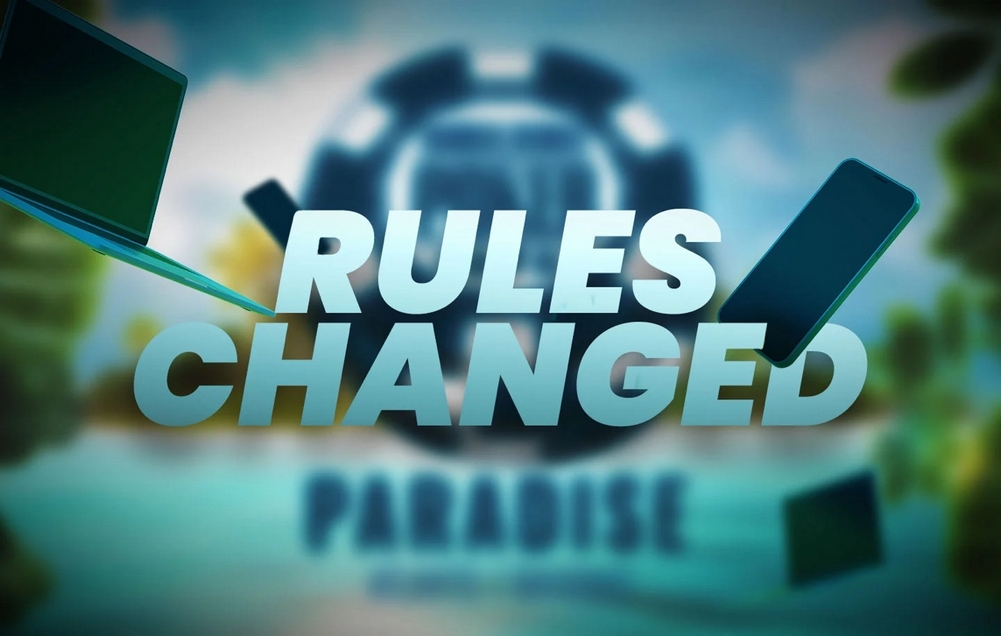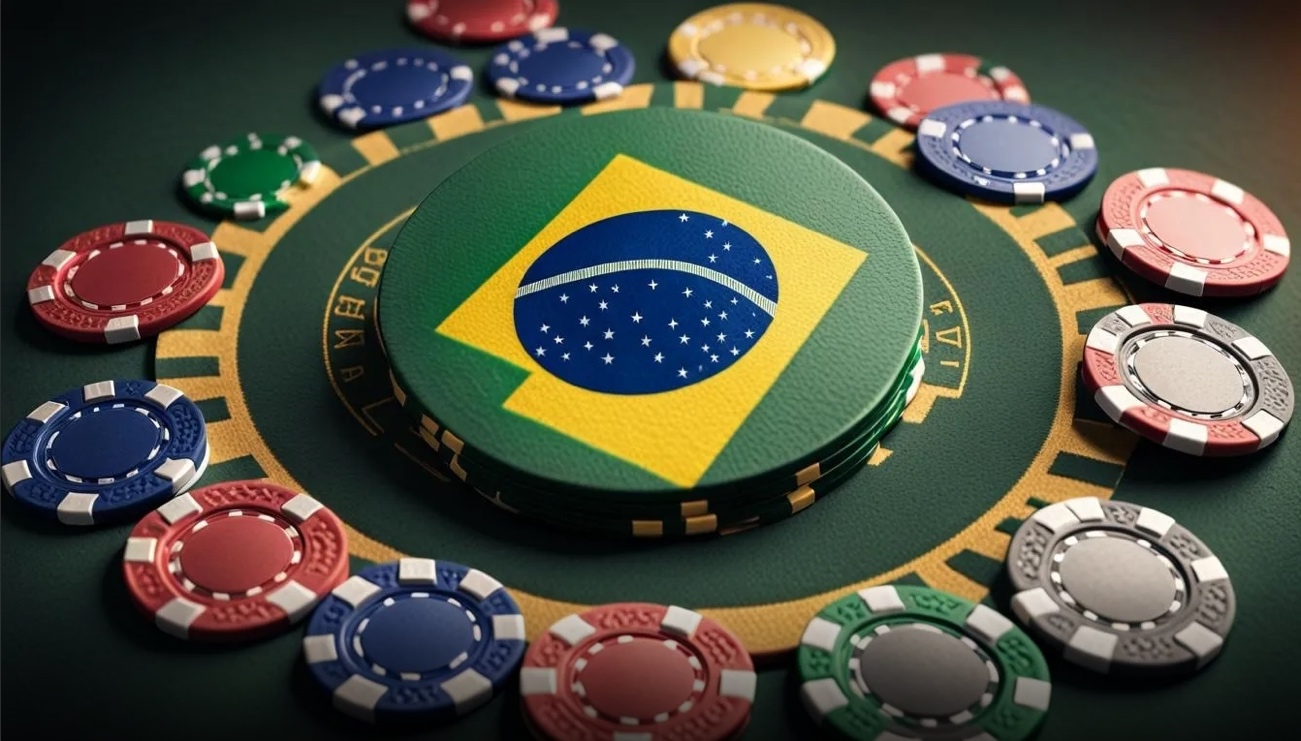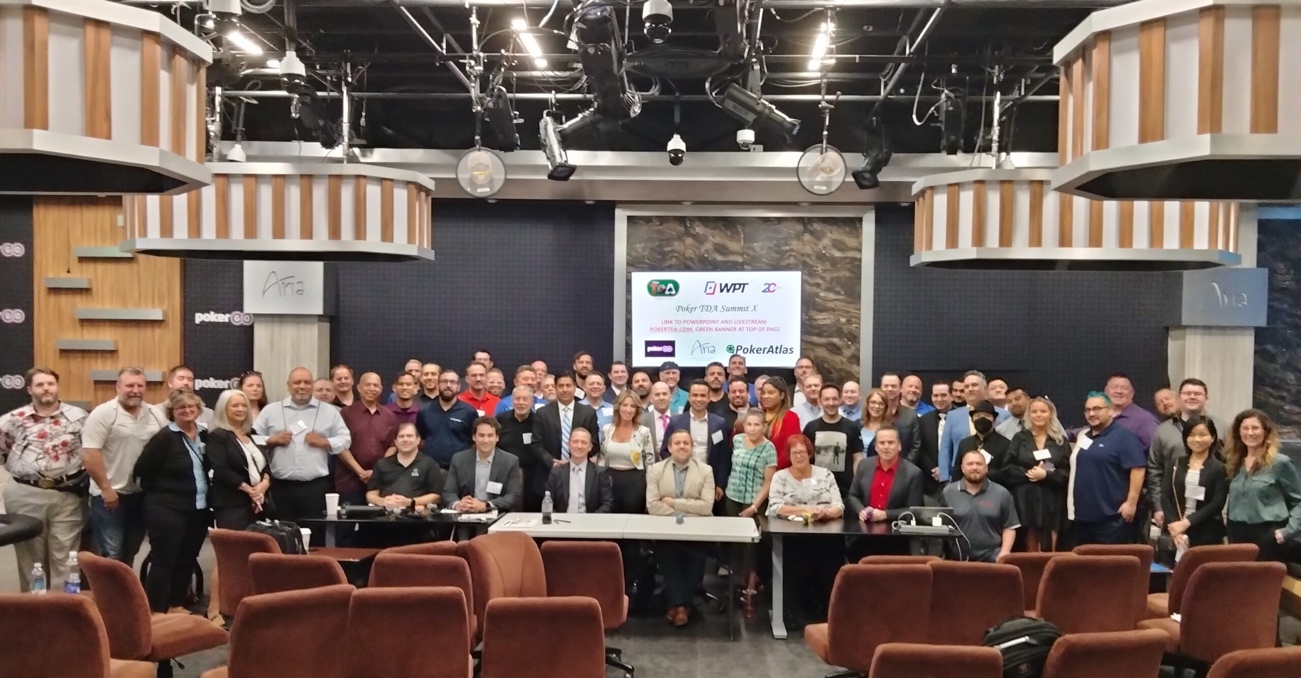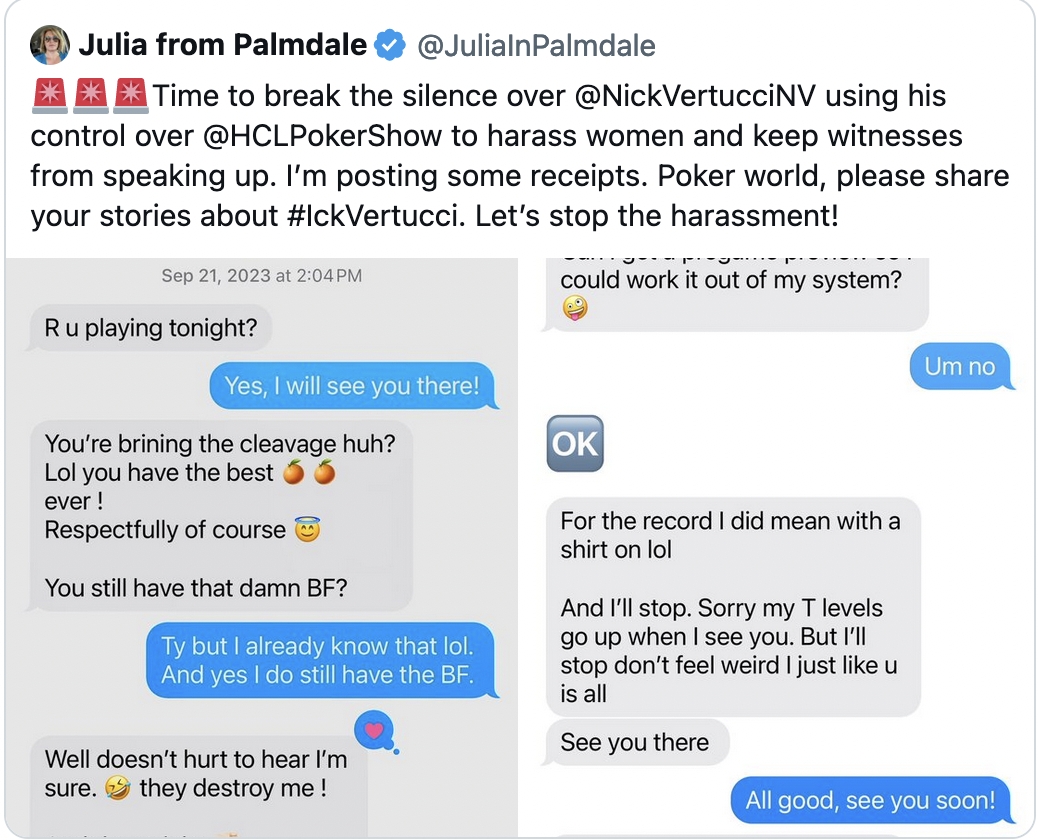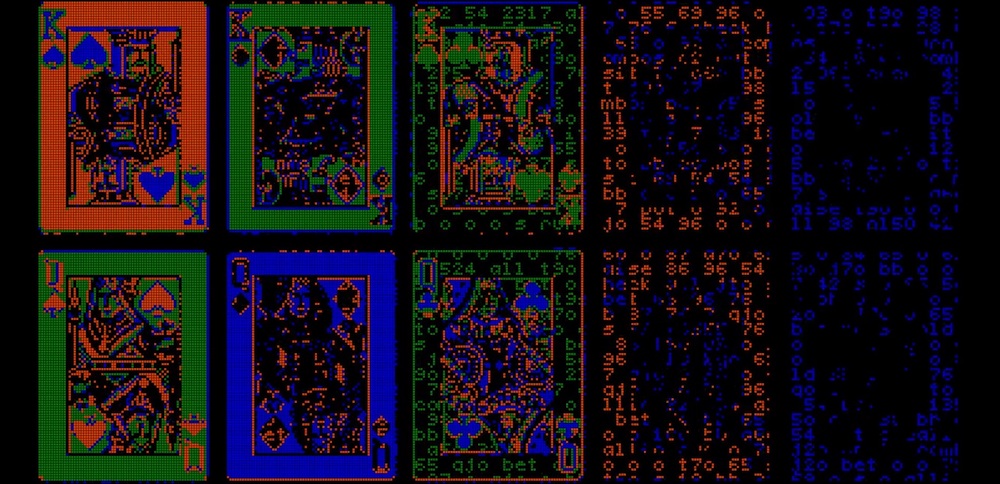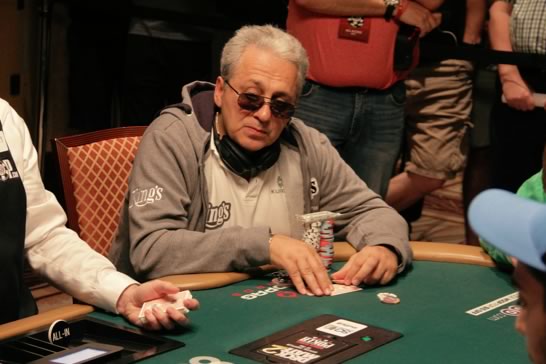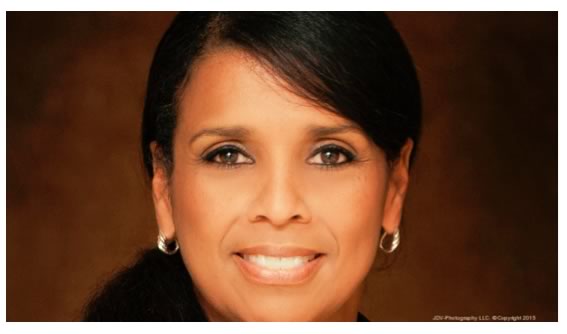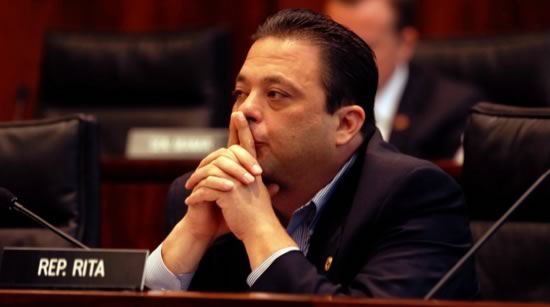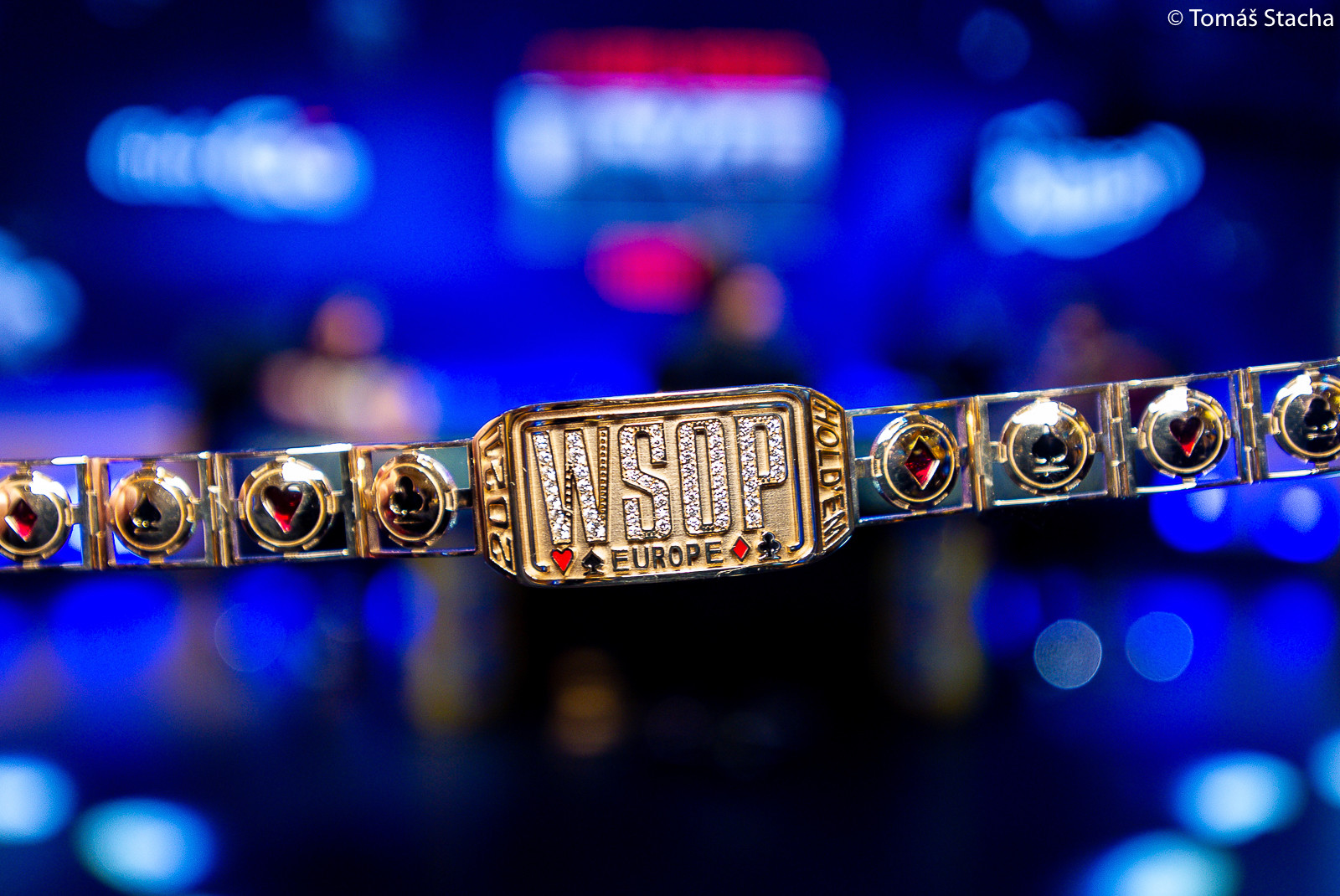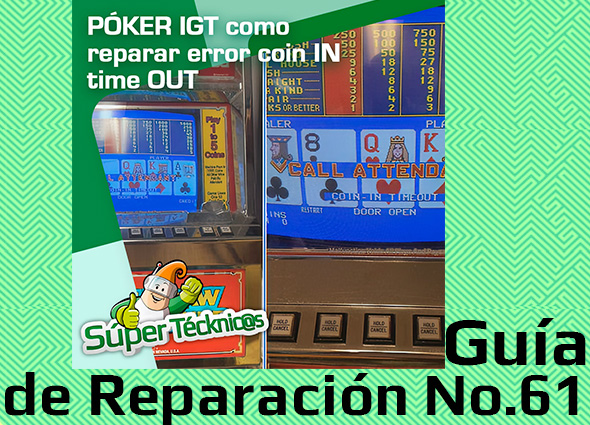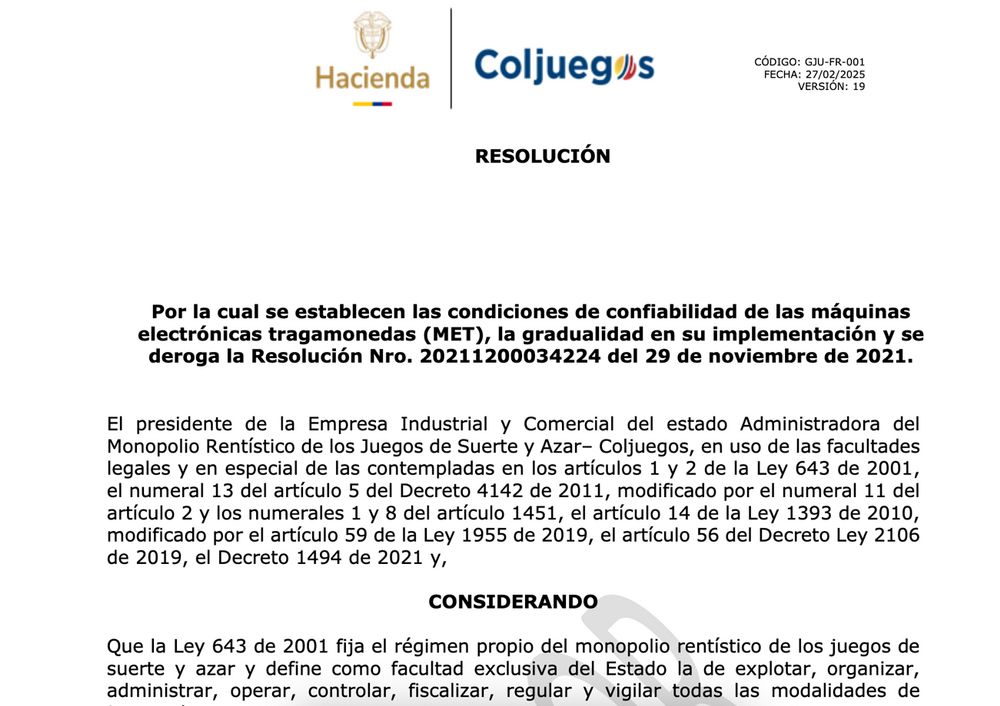Regulated markets have put an end to the teenage wizards that took the poker world by storm during the boom years. Online poker was a self-regulated industry during the poker boom, and the extent of age verification at the time was effectively clicking a box that said you were over 18.

That made it easy for a 15- or 16-year-old to open an online poker account and learn the game.
By the time these players were 21 (old enough to play in the WSOP) they already had several years of experience under their belts, and the bankroll to enter a $10,000 buy-in tournament.
In the new, regulated online poker universe, age verification is taken very seriously, and in a lot of jurisdictions you not only have to be 18, you have to be 21. That is resulting in a higher average starting age, making it harder to young player to star showing in important positions early.
So instead of starting at 15-18 and being a very polished player with a high-stakes bankroll at 21, players are starting at 18-21, and grinding out bankrolls for multiple years.
WSOP Main Event attendance has risen 23 percent since 2015, and as the table below shows, the only age brackets not keeping up with overall growth are 21-to-25-year-olds and 26-to-30-year-olds.
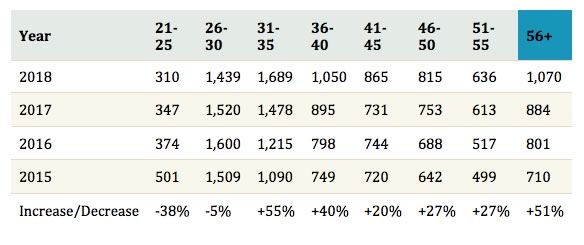
The number of 21-to-25-year-olds participating in the Main Event is down 38 percent since 2015 (the first year the WSOP provided demographic breakdowns).
The 2018 World Series of Poker was a rousing success, Main Event attendance rise for the third consecutive year, and produced the second largest field in the event’s long history. Among other 17 records that fell by the wayside at the 2018 WSOP were:
- Most Entrants (across the entire series): 123,865
- Largest total prizepool: $266,889,193
- Largest Starting Flight in Main Event History: Event #65, Flight C: 4,571 entries
Despite the positive numbers, there is a growing concern within the poker community that a troubling trend is emerging. That trend? The average age of WSOP participants is going up, and young players are all but disappearing from the game.
And apart from the explanation made before of the regulated new market, the was an influx people who were in their 30s during the poker boom, and maybe couldn’t play in the WSOP Main Event (family, job, whatever), but were playing recreationally with friends, at local casinos, and even online.









